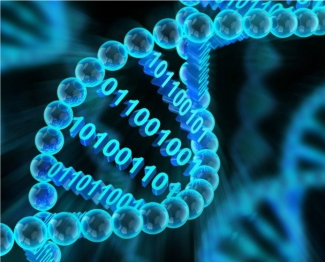Wang Lab
Tissue Regeneration and Bioinformatics, GIBH
Research Interests
The research goals of Wang Lab are to reveal the principles of tissue regeneration, to achieve tissue regeneration, and to utilize regenerative abilities for disease intervention.
During evolution, different species and tissues exhibit distinct regenerative abilities. We focus on the retina and liver to study cross-species regeneration. Some non-mamalian species such as zebrafish have strong regenerative abilities in the liver and retina. In mammals, regenerative ability is maintained in the liver but not in the retina. Nevertheless, liver fibrosis can occur after chronic injury. In older people, retinas frequently undergo macular degeneration. These diseases may be treatable through tissue regeneration.
To uncover cellular and molecular mechanisms underlying tissue regeneration and diseases, we utilize high-throughput sequencing and organoid technologies, develop computational and statistical approaches, and conduct cellular and animal experiments. Wang Lab is devoted to integrating computational analysis and biological experiments to explore tissue regeneration, tissue fibrosis, and tissue degeneration.
Biological Interests

Tissue Regeneration
Tissue regeneration holds great potential for interfering with tissue fibrosis, degenerative diseases, etc. In zebrafish, Müller glial cells play essential roles in retinal regeneration. Although mammalian retinas contain Müller glia, mammals can not automatically regenerate retinas after injury. It is still unclear which regulatory mechanisms in Müller glia leads to cross-species differences on retinal regeneration.
Tissue Fibrosis
Tissue fibrosis is from an excessive accumulation of extracellular matrix components and can affect any organ, including the liver.
Tissue Degeneration
Tissue degeneration frequently occurs in nervous systems of older people and leads to degenerative diseases such as age-related macular degeneration.
Computational Interests

Regulatory Networks
Regulatory networks are used to uncover gene regulatory relationships in diverse biological processes, e.g. tissue regeneration.
Multiomics analysis
Multiomics analysis including single-cell multiomics is performed to reveal biological insights of tissue regeneration.
Machine Learning
Machine learning especially deep learning is powerful to predict biomedical outcomes through learning high-throughput sequencing data and large-scale images.